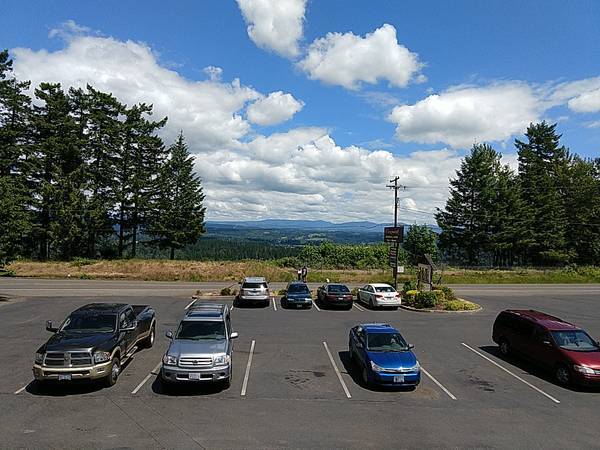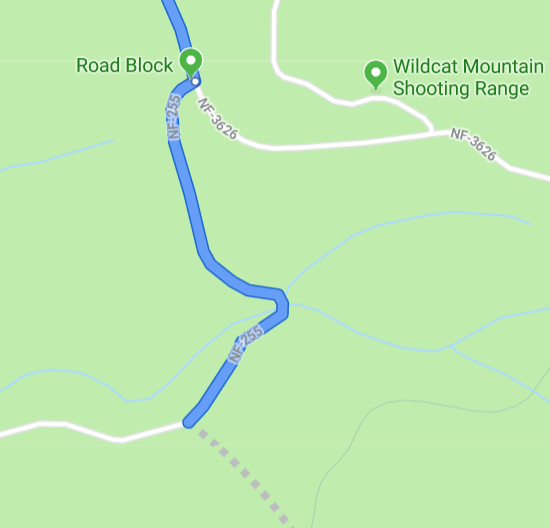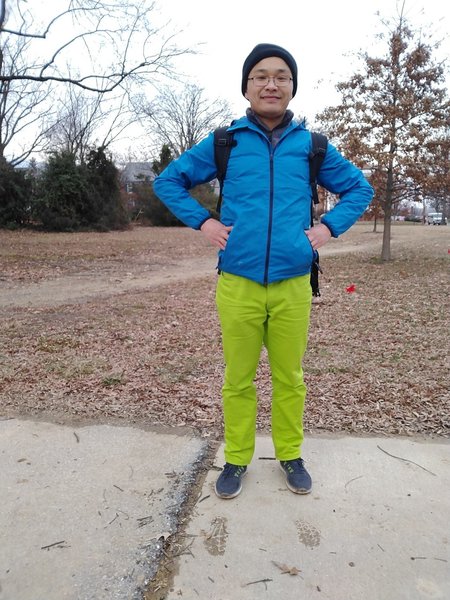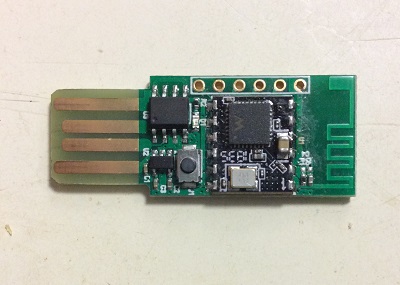Oregon Vacation (5) Eight Waterfalls, Two Beaches, and a Webcam
I arrived in Oregon for a 7-day vacation, without a specific day-to-day trip plan. I travel alone, have a rental car, and live in a "central" location, so that I can have the flexibility to spontaneously decide where to go next. I'm obsessed with geocaching and interested in museums, but I don't want to spend all my time on these. I need to discover something new.
Planning for Multnomah Falls
Every motel has a shelf of tourist information booklets. When I was checking in on Jun 07 evening, I browsed that shelf, and grabbed a few maps. I asked the front desk lady for recommendation, and she mentioned Multnomah Falls. Photos from the booklet and online search are gorgeous. I have to see Multnomah Falls during this trip!
Official website tells me that parking is very difficult on weekends between 11:00 and 16:00. Therefore, I planned the visit on Monday Jun 10, and I would depart early so that I'm parked well before 11:00.
The Q&A section of Google Places reveals a potential problem:




